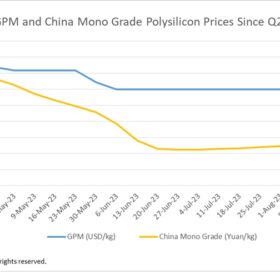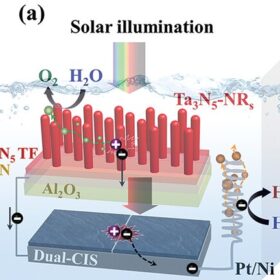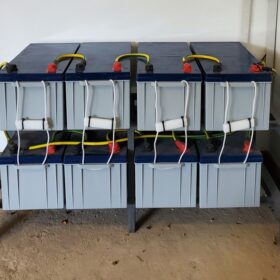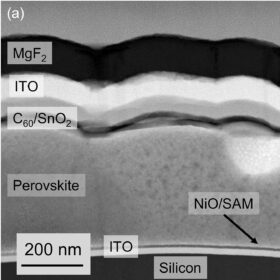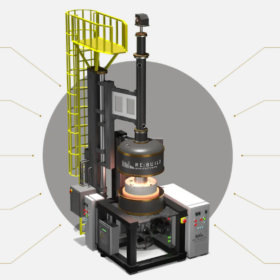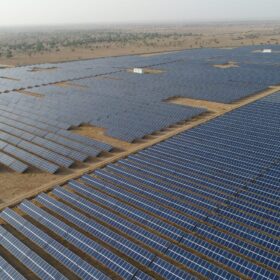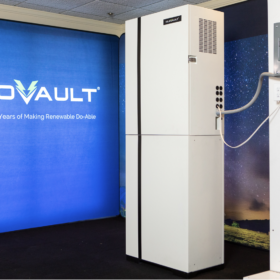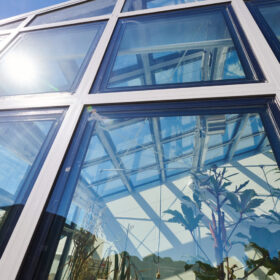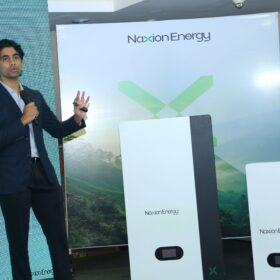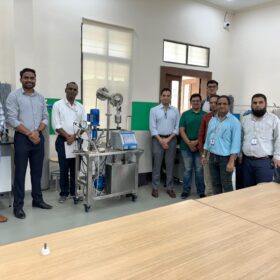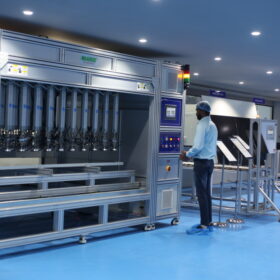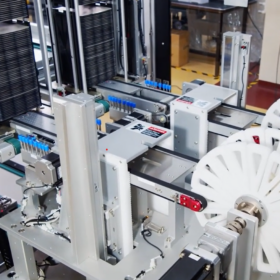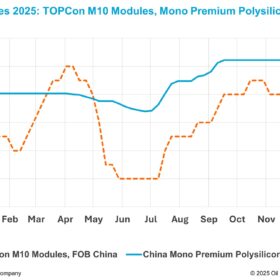Global polysilicon prices drop, China polysilicon prices rise
In a new weekly update for pv magazine, OPIS, a Dow Jones company, provides a quick look at the main price trends in the global PV industry.
Multi-day energy storage increases grid capacity by factor of 10
Form Energy has released a white paper that provides further evidence that multi-day energy storage, like its iron-air technology, can substantially reduce the costs for New York to achieve its ambitious decarbonization targets.
The Hydrogen Stream: Water splitting with solar-to-hydrogen efficiency of 12%
A Japanese team is working on a solar water splitting system with a 12% solar-to-hydrogen efficiency, while UK researchers have identified the reason why graphene’s dense crystalline structure is much more permeable to protons.
German consumer group debunks residential battery misconceptions
Verbraucherzentrale NRW, a German consumer protection association, has issued a warning about five misleading assumptions about PV-linked residential battery systems.
Monolithic perovskite-PERC tandem solar cell with 23.7% efficiency
Dutch scientists have developed a perovskite-PERC tandem solar cell based on a new type of tunnel recombination junction that reportedly offers an improved device efficiency distribution. The cell uses a nickel(II) oxide layer that is intended to reduce electrical shunts in the perovskite top cell.
Re:Build Manufacturing introduces solar ingot processor
Massachusetts-based Re:Build Manufacturing has unveiled the RBM600 Solar CZ Puller, a solar ingot processor designed to manufacture high-purity polysilicon ingots for solar panels.
TotalEnergies acquires full stake in Total Eren
TotalEnergies has increased its stake in Total Eren from 30% to 100%, a transaction that values the independent power producer at €3.5 billion ($3.8 billion).
KiloVault introduces solar-ready DIY off-grid battery
KiloVault has developed a solar-ready, do-it-yourself (DIY) offgrid battery, with sizes ranging from 4.3 kWh to 27.6 kWh. It comes equipped with a pre-wired, single-phase AC inverter and the ability to directly accommodate electrical loads.
New research shows renewables are more profitable than nuclear power
In a recent study, researchers from the European Environmental Bureau (EEB), the Stockholm School of Economics (SSE), and the Potsdam Institute for Climate Impact Research (PIK) questioned the planned development of new nuclear capacities in the energy strategies of the United States and certain European countries.
ClearVue releases results from first long-term study of clear solar glass
Perth-based ClearVue is making significant strides as its transparent solar windows demonstrate tangible outcomes following a two-year study and published paper.
